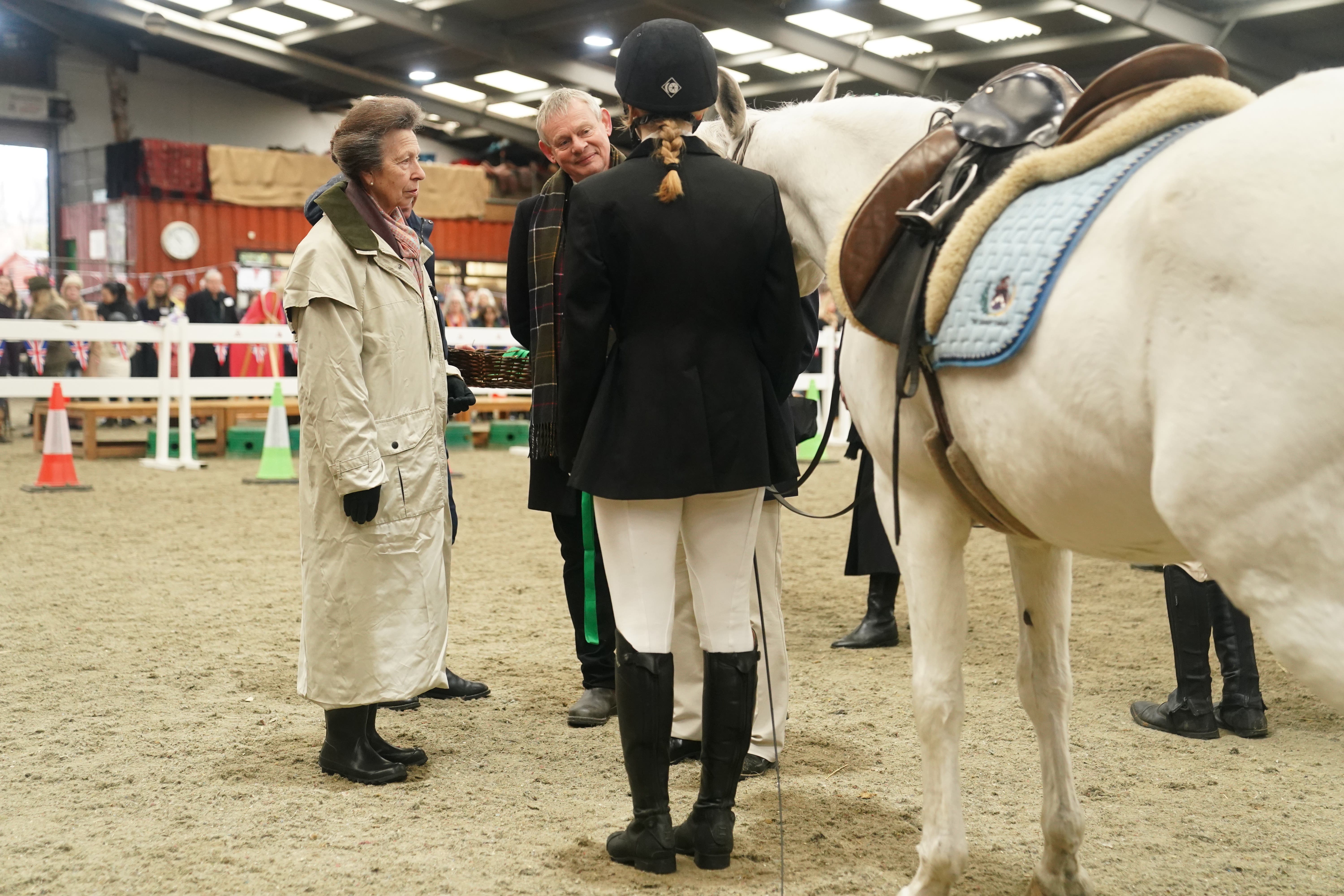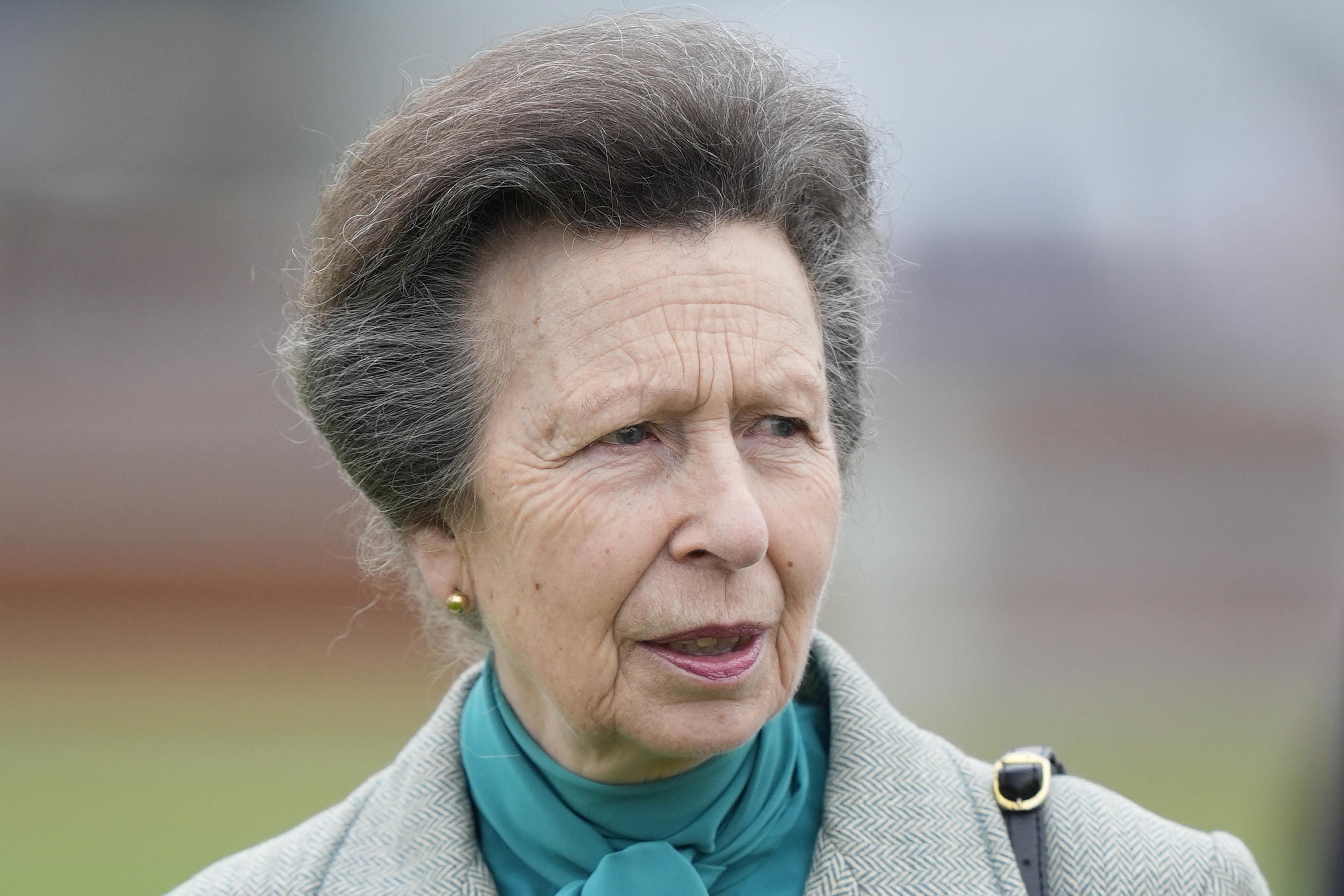Why horses kick and how to spot the warning signs
An equine behaviourist said there are warning signs

Your support helps us to tell the story
From reproductive rights to climate change to Big Tech, The Independent is on the ground when the story is developing. Whether it's investigating the financials of Elon Musk's pro-Trump PAC or producing our latest documentary, 'The A Word', which shines a light on the American women fighting for reproductive rights, we know how important it is to parse out the facts from the messaging.
At such a critical moment in US history, we need reporters on the ground. Your donation allows us to keep sending journalists to speak to both sides of the story.
The Independent is trusted by Americans across the entire political spectrum. And unlike many other quality news outlets, we choose not to lock Americans out of our reporting and analysis with paywalls. We believe quality journalism should be available to everyone, paid for by those who can afford it.
Your support makes all the difference.Horses can react by kicking if they “feel threatened, scared or are in pain”, an equine expert has said.
Equine behaviourist Chloe Campbell said warning signs include “pinned ears, tense facial muscles, swishing tails or shifting weight”.
Princess Anne is in hospital after suffering injuries to her head and concussion when it is believed she was kicked by a horse on her Gatcombe Park estate.
Buckingham Palace said in a statement: “The Princess Royal has sustained minor injuries and concussion following an incident on the Gatcombe Park estate yesterday evening.
“Her Royal Highness remains in Southmead Hospital, Bristol, as a precautionary measure for observation and is expected to make a full and swift recovery.
“The King has been kept closely informed and joins the whole royal family in sending his fondest love and well-wishes to the princess for a speedy recovery.”
Ms Campbell told the PA news agency: “As an equine behaviourist, my thoughts are with the princess and her family during this difficult time.
“This incident is an important reminder of the importance of understanding equine behaviour and ensuring the horse is in a suitable environment.”
She added: “Horses are naturally gentle animals, and a prey species, but they can react unpredictably if they feel threatened, scared or are in pain.
“To the average eye, this may seem unpredictable, although to the trained eye, overt behaviours such as kicking can usually be predicted with precursor behaviours, such as tail swishing.”

Ms Campbell said most horse-related incidents can be prevented by “recognising the signs of distress or discomfort in a horse and taking appropriate measures”.
“These signs can include changes in body language, such as pinned ears, tense facial muscles, swishing tails or shifting weight and many others,” she said.
Ms Campbell said: “Yes, they are very strong animals, but overall they are not dangerous.
“They are only dangerous if they are put in an unsuitable environment, or if they’re in pain or they’re fearful.”
She said it was crucial for those interacting with horses to be educated about their behaviour and to create environments where horses feel comfortable.
She added: “Regular check-ups with a veterinarian, ensuring the horse’s environment is free from stressors, and creating suitable environments for a horse, can help mitigate the risk of such incidents.”